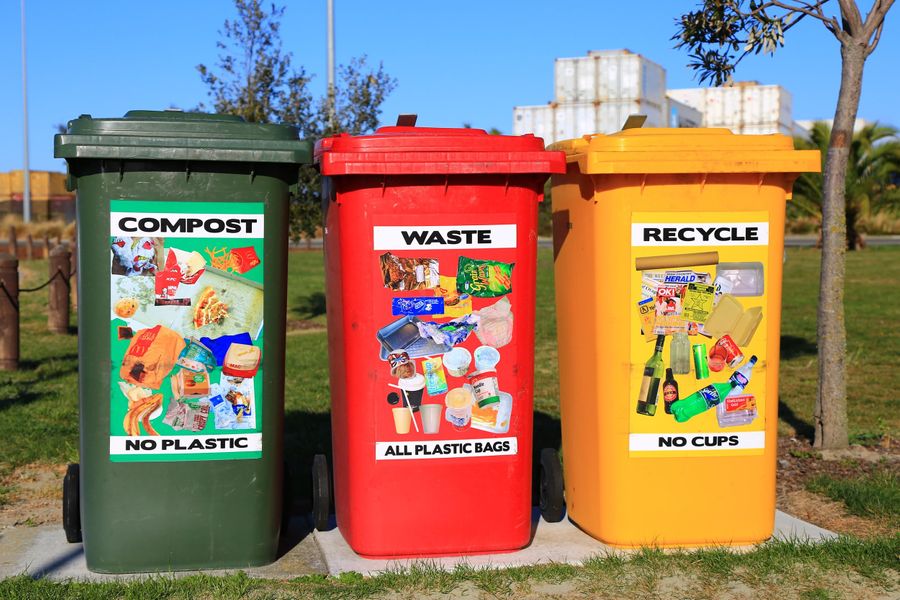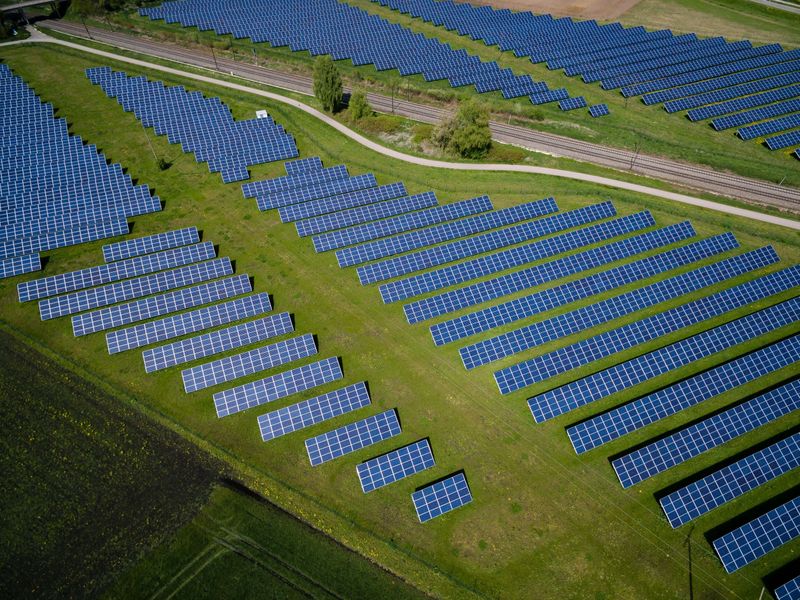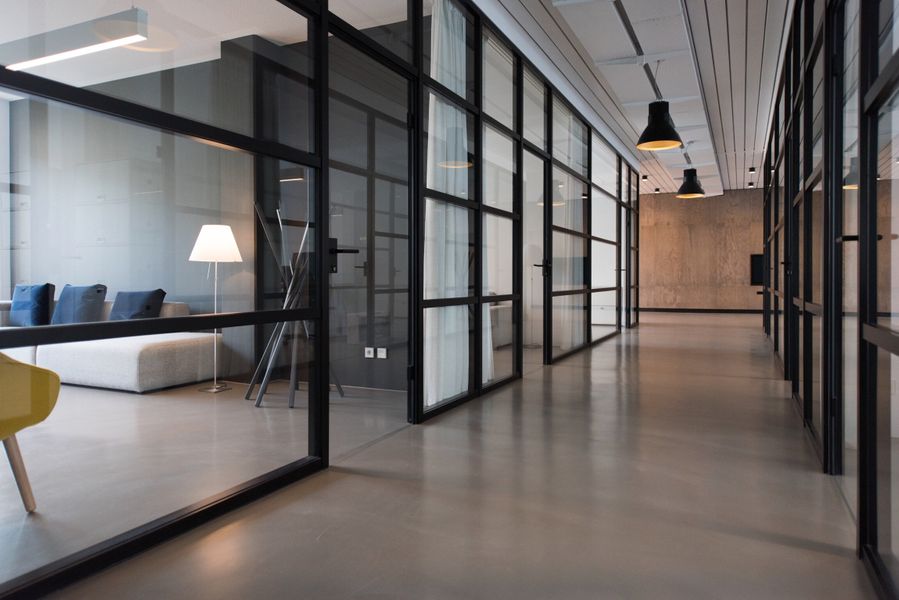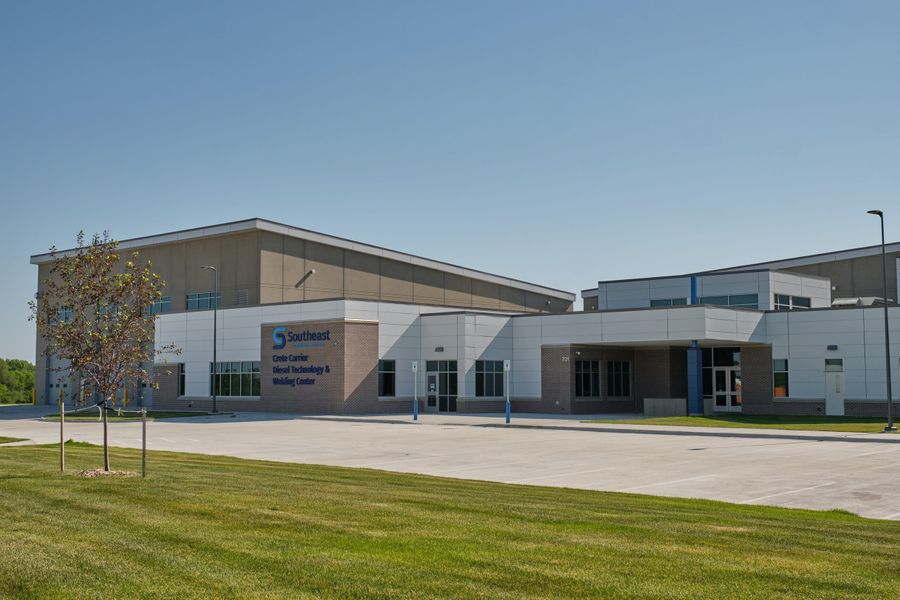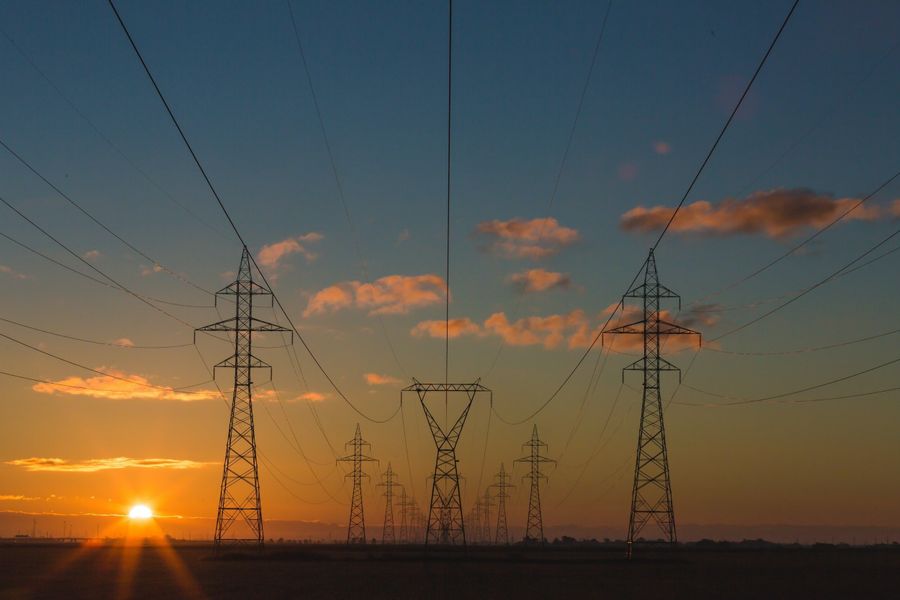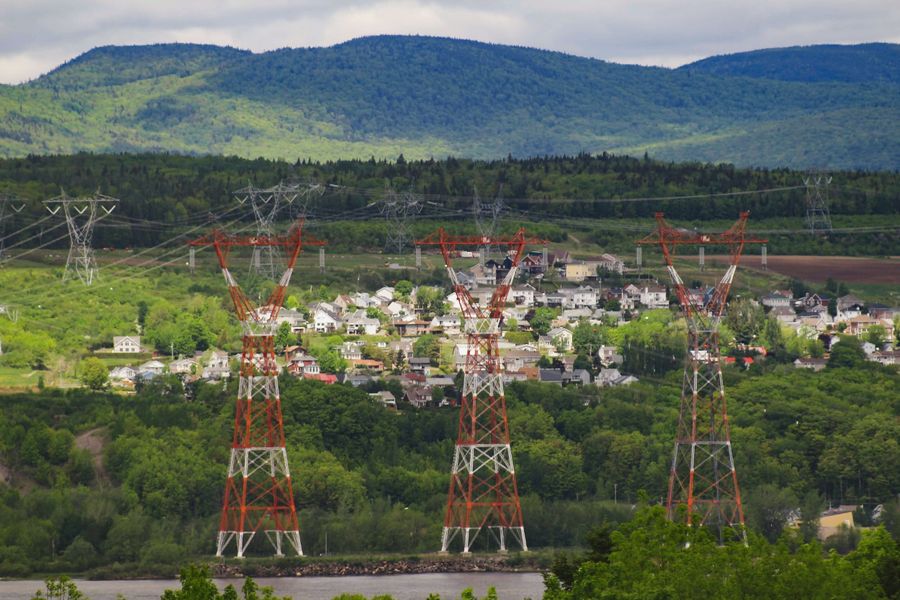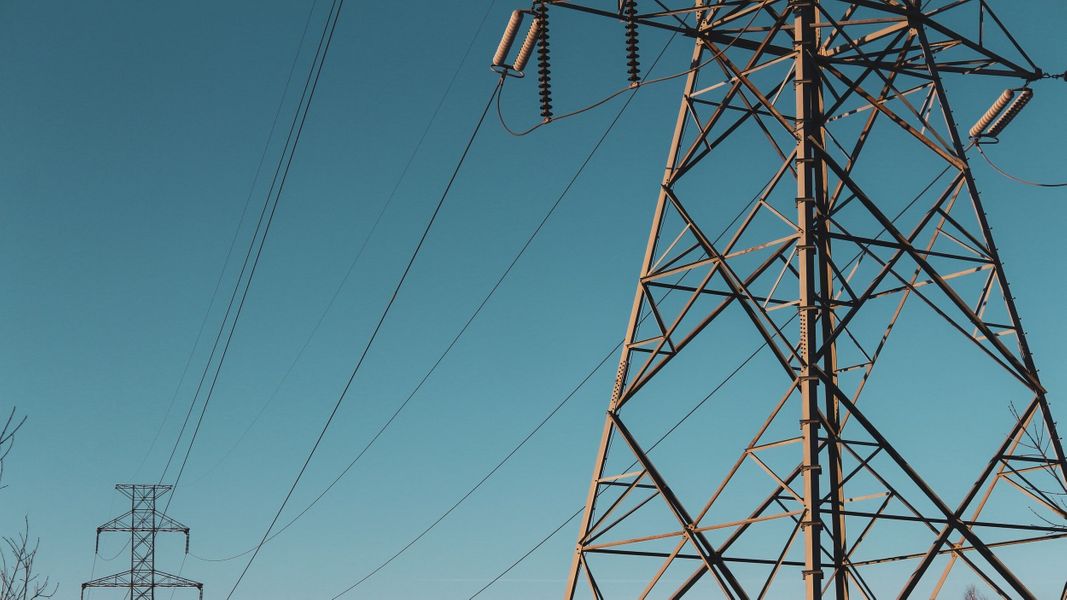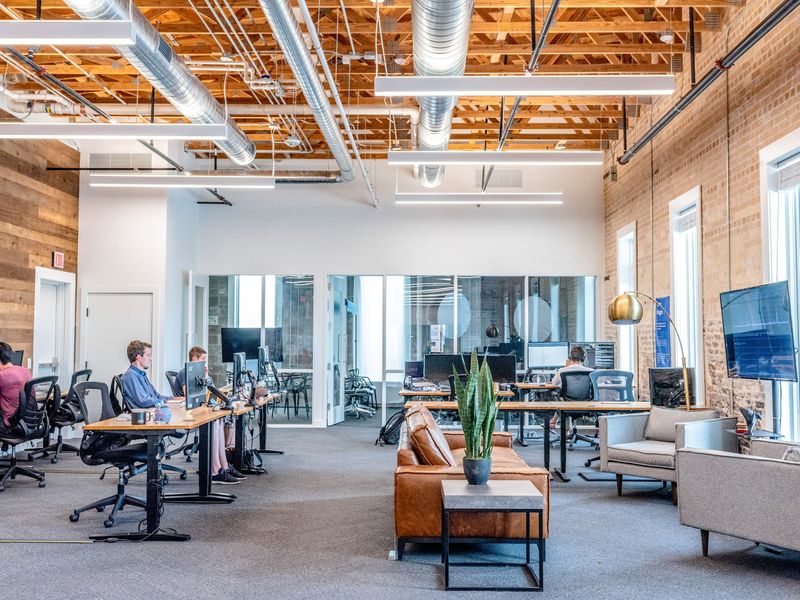Blog & News
Stay up to date with the latest articles and resources.
To Landfill or To Recycle? That is the Question
Today’s article is straying a bit from energy, a topic we’ve covered in various ways over the past few months. Let’s take a moment to talk more about waste and recycling! Over the past few years, waste has become a hot topic in the sustainability field. There’s landfill waste, recycling, food waste, electronic waste (or e-waste), and many other kinds of materials entering our waste stream every day. Let’s start our waste journey by talking about recycling.
Recycling rates across the country vary significantly, depending on city/state programs, sorting capabilities, and other factors. For example, the recycling rate in the City of Chicago is an abysmal 9%, whereas the recycling rate in San Francisco is much higher at 80%. Some things that impact recycling rates include: 1) the global market for recyclable materials, 2) communication and confusion about what can and cannot be recycled, which leads to 3) a phenomenon called “wishcycling” and contaminated recycling bins.
moreStoring Solar Power on a Large Utility-Scale
In a previous blog, we talked about battery storage for on-site solar arrays. Utilities are also considering storage at a larger, grid scale. Let’s explore the benefits of utility-scale solar and battery storage.
Utility-scale energy storage (often through batteries) is usually paired with utility-scale renewable energy projects, so let’s talk about those first. Utility-scale solar installations are much larger than residential or even commercial arrays (often measured using MW instead of KW), and usually send the power produced directly to the electricity grid rather than to individual consumers. Utilities then usually enter into power purchase agreements (PPAs) with the developers of these large scale projects to ensure the power produced is sold. There are also permitting, siting, and operating regulations that need to be followed, and local safety guidelines to ensure a project is built to the correct standards. This is a great option for electric grids since there’s a movement to clean up power production instead of relying only on fossil fuel sources like coal for electricity. They also contribute to the resiliency of an electric grid because they help diversify electricity sources so if a power plant is pulled offline (or down because of a natural disaster), there are other ways to power in emergencies.
moreStoring Solar Power
Solar power is a great alternative to fossil fuels when it comes to producing electricity for your home, office, or school. We’ve talked about the difference between on-site and community solar, and shared some incentive options to offset the costs of a renewable energy project. What if your solar array produces more energy than you need? There are two strategies for excess energy: storing it in batteries, or sending it back to the electric grid.
With battery storage, excess solar energy charges the battery, then when panels aren’t producing, the battery is used to power the building. Even though there are more battery options available now compared to a few years ago, there is still some confusion over whether batteries are helpful to consumers. This is (like many other aspects of energy use) dependent on the utility and usage of the customer. The quick answer is that batteries give users more control over where their electricity comes from, even when the sun isn’t shining, but it may or may not be more cost effective depending on how a particular utility credits their customers for giving excess production back to the grid.
moreManaging Humidity In Our Buildings
In a previous article, we talked about adjusting operations and water temperatures to help chiller systems run more efficiently. In this article, we share some information about how humidity can impact energy use, and discuss opportunities for efficiency while still meeting space humidification or dehumidification needs.
Humidity can significantly impact how comfortable a person is in a room, and how well equipment and building materials hold up over time. In the summer, if a space is too humid, people may feel hotter and therefore run their air conditioner at a cooler temperature, increasing energy use. In the winter, if a space is too dry, occupants may feel colder, and therefore require more heat to feel comfortable. Humidity can also cause issues with mold or dust mites, which can create unhealthy spaces for building occupants. Additionally, if there’s too much condensation on the pipes, that can cause issues like rust and require equipment maintenance, or even replacement.
moreCan Having A Chiller Be Energy Efficient?
Yes! Buildings and campuses, depending on their size, are heated and cooled differently. A home might use a relatively small central air conditioning and furnace combination, or maybe a furnace with window air conditioners. Larger buildings and campuses with multiple buildings, however, may utilize boilers for heating and chillers for cooling, with system pumps to distribute chilled water to various connected locations. In this article, we’re going to focus on chillers, and discuss opportunities to run them more efficiently.
Chillers send refrigerant and chilled water throughout building(s) in different pipes to cool spaces. During the cooling season, cold liquid will flow through pipes. Warm air in a room gets blown over those pipes, which pull the heat from the air, and then the cooler air is blown back out into the space. The temperature of the chilled water as it flows through the pipes plays a big role in how efficiently the system cools the spaces. One simple way to manage a chiller more efficiently is to pay attention to the water temperature and adjust based on the outdoor air temperature. If the outdoor air temperature is more mild, the water temperature may not need to be as cold as it would be if there was a bigger difference between a hot outdoor temperature and the temperature at which you desire the room to be.
moreDEMANDing Reductions
In our last blog, we talked about how electric rates include some expensive charges during the summer months. Because we often use more electricity in the summer to run equipment like air conditioning, and we can be charged more for usage (kWh) and demand (kW), it’s important to look at strategies that will help reduce both.
Especially for larger buildings with multiple rooftop or air handling units, staggering the time equipment turns on can be a great way to reduce demand (remember, demand is the amount of power needed at one time to run a piece of equipment or a building). Utilities frequently charge for the highest demand (kW) needed by a building during a 15-minute interval during their billing period, so spreading out demand for large pieces of equipment can be useful. For example, in a school where students arrive at 8am and teachers at 7am, the building may want to start cooling systems at 6:30am to reach an occupied set-point of 76 degrees. Instead of all equipment turning on at 6:30am causing a surge of power and therefore a spike in demand, perhaps one unit (or group of units) goes on at 6:10am, another at 6:30am, another at 6:50am, and another at 7:10am. This way, the equipment is starting up staggered during different 15-minute intervals.
moreElectricity in the Summer
Summer’s coming, and we’re getting ready for the activities that come along with it - no school for a few weeks, outdoor activities, and air conditioners ramping up to keep us cool. But did you know… electricity is typically more expensive in the summer? Not only do our utility bills usually go up because we’re using more electricity to run our air conditioning, but we are also being charged more by our utilities for that usage. Let’s take a closer look why, and what some of those rates look like.
One factor that goes into the price of electricity is customers’ demand for it. In the summer when it gets hot, more people turn to air conditioning to keep cool. Lots of air conditioners running at the same time increases the demand for power to keep the equipment running (see our previous blog about usage and demand for more information about demand). Electric grids are generally designed to handle high summer demand from customers, who are charged based on costs to distribute electricity and maintain the infrastructure (see this blog post about how utility rates are determined).
moreDemand vs. Consumption - Electricity is Complicated!
Electricity is ubiquitous in the United States: just about every household in the country uses electricity for something - refrigerators, televisions, phone chargers, air conditioning, and sometimes for heating (although almost half (47%) of Americans use natural gas for their heating needs). While each utility is different and charges different rates for electricity based on state regulations, there are two aspects of electricity that utilities generally charge for: demand and consumption (sometimes called usage).
Demand is the amount of power needed at one time by a device or a piece of equipment, and is typically measured in watts (W) or kilowatts (kW or KW = 1000 W). A 100-watt lightbulb has a power demand of 100 W (0.1 kW) while a typical water heater requires about 4000 W (4 kW). The amount of power being used by a building depends on how much equipment is being used at one time. The need for power can vary during the day as devices like lights and dishwashers are turned on and off, or equipment such as refrigerators and air conditioners cycle on and off. If many devices are in use at once, that can add up to high demand (demand is typically lowest at night, when lights, computers and other devices are off). Buildings can reduce demand by minimizing how much equipment is running concurrently – for example, by not running dishwashers, washing machines, and air conditioners at the same time.
moreBetter Indoor Air Quality Means Happier (and Healthier) Occupants
portant things to think about when considering air quality in our work, home, school, and other spaces are ventilation and cleaning products.
Americans generally spend 90% of their time indoors, so getting ventilation (the amount of outside air supplied to a building) right is important to keeping everyone healthy and comfortable while at work, school, and home. ASHRAE (the American Society of Heating, Refrigerating, and Air-Conditioning Engineers) has standards that require minimum ventilation rates and acceptable air quality for building interiors. Buildings that go above and beyond those standards can show improved occupant health and comfort.
One tricky thing about ventilation is that the rates to make a building feel comfortable can vary depending on the building’s location (and how polluted outside air is compared to indoors), function (what occupants are doing in the building), and age (older buildings may have other equipment and building envelope concerns). Generally though, studies show that increased ventilation can positively impact things like productivity, academic performance, and health. For example, improved indoor air quality can lead to higher cognitive function, which is great for productivity at work and in school.
moreWho Decides the Utilities’ Rates?
Electricity and natural gas are the two common ways we power our buildings. The price of energy is often just accepted by customers, without knowledge about how these prices are set. This article will review some general things that go into setting utility rates. Keep in mind that these may vary by state since each state’s utilities are managed differently (e.g., regulated vs. deregulated), so be sure to look into the specifics for your state.
Electric and natural gas prices are set to reflect the costs for a utility to supply, generate, and distribute the energy to its customers. This includes things like costs to build, operate, and maintain distribution lines, power plants, and the power grid. Rates can also differ by customer type (residential, commercial, industrial) based on the amount of energy used. For example, an industrial customer likely uses significantly more electricity than a residential customer, and therefore might purchase their energy in bulk at a lower rate.
moreWhat is a Regulated vs. Deregulated Utility?
You may have heard the terms “regulated” or “deregulated” used to describe the particular utility market in which you live, work, learn, or play. I started to learn about the difference between regulated and deregulated markets when I moved from Arizona (a regulated market) to Illinois (a deregulated market); I am still learning about their differences.
As a note, for this article, I am generally writing about electricity markets, although some states have chosen to deregulate their natural gas markets as well.
At a very high level, the general difference between the two is that a deregulated market allows for competition within the electricity supply, whereas in a regulated state, utilities can hold monopolies on the electric system. In regulated states, one power company can be responsible for how electricity is generated, the transmission lines that carry the power from the generation source, and the distribution lines that then bring electricity to consumers’ buildings (homes, offices, schools, etc.). In deregulated states, generation is separate from distribution and transmission, and consumers can choose to buy their power from different companies (although a main utility is still responsible for delivering the power through the transmission and distribution lines).
moreIncentives for Solar and Renewables
As noted in the last article, solar can be complicated. You can install it directly on your property, buy panels as part of a larger system, or purchase a subscription to a community solar program. Options and benefits could differ depending on the state though, so today, we’re going to talk about different renewable energy opportunities around the country.
Sometimes people assume that solar power is only viable in the sunniest parts of our country - California, the southwest, Hawaii, Texas, Florida. While solar radiation is certainly stronger in these areas, there is enough sun shining everywhere to make solar possible around the country. The Climate Reality Project found that solar panels will even work when it’s cloudy. Rather than determining whether a location is sunny enough, how state policies address renewable energy is increasingly important to determine if solar is a good option for a building.
moreRequest a demo and see how much you could be saving.
We will develop a tailored demo that meets your organization's needs. Request a demo today or call us at (480) 287-6148 to learn more.

